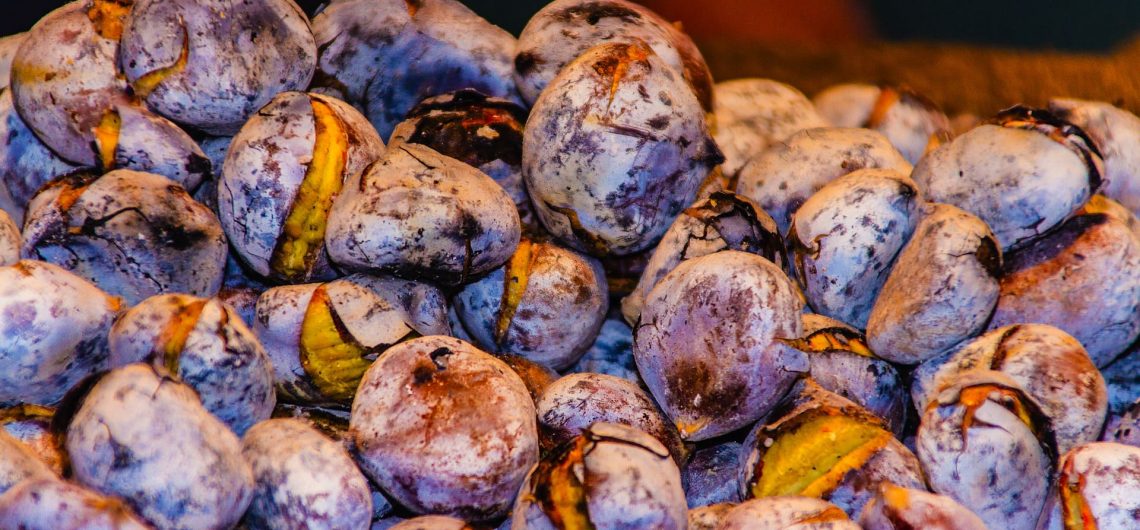Isn’t that divine? On St Martin’s day, celebrated on 11th November, you can find bread, chestnuts and wine on Portuguese tables! This tradition is maintained to mark the date when the saint was buried, in the French city of Tours, where he was the bishop and founded Europe’s oldest monastery: Marmoutier. People believe that, on the eve of this day, the weather improves and the sun comes out; this is known as “St Martin’s summer” in Portugal. Discover the Portuguese traditions on St Martin’s day and the legend behind this festivity.
St Martin’s summer
Legend has it that, one rainy day, St Martin was riding his horse when he came across a beggar. When he saw the man shivering in the rain but had nothing to give him, he took his sword and cut the cloak he was wearing down the middle, to cover the beggar with one of the parts. Further along, St Martin came across another beggar and gave him the other half of his cloak, going on his way with nothing to protect him from the cold. At that moment, the clouds parted and the sun began to shine, and this good weather lasted three days.
Divine revelation in a dream
It is also said that, the following night, Jesus appeared to St Martin in a dream, wearing the cloak that he had cut in half and given to the two beggars on his journey. In this dream, Jesus, wearing St Martin’s cloak, turned to the host of angels with him and said out loud: “Martin, who is still but a catechumen, clothed me with this robe.”
Chestnuts: an autumnal treat in honour of St Martin
Whether roasted or boiled, this celebration wouldn’t be complete without chestnuts. The Portuguese consider them to be a real autumnal treat and their reputation goes beyond St Martin’s day. If you stroll through any Portuguese city on the coldest days of the year, you can easily find street vendors filling the streets with the aroma of this delicacy. In the past, chestnuts were even an important part of the Portuguese diet: they were a staple product until the 15th and 16th centuries, when potatoes and corn first arrived in Portugal.
On St Martin’s day, go to the cellar and try the wine
This is one saying which explains the traditions in Portugal on this day. Aside from chestnuts, the festivity wouldn’t be complete without água-pé and jeropiga: two traditional types of Portuguese wine which are normally found at magusto celebrations, where groups of friends and family come together around a bonfire and roast chestnuts. Holding magustos dates back to an ancient tradition to commemorate All Saints’ Day, where bonfires were lit and chestnuts were roasted, but which was adopted to mark St Martin’s day.
Has that made your mouth water? Why don’t you come and celebrate St Martin’s day in Lisbon with bread, chestnuts and wine? Discover this and other Portuguese traditions accompanied by our drivers. Click here to find out about our tours around Lisbon and embark on an adventure through Portugal. Before you know it, you’ll feel Portuguese through and through!



